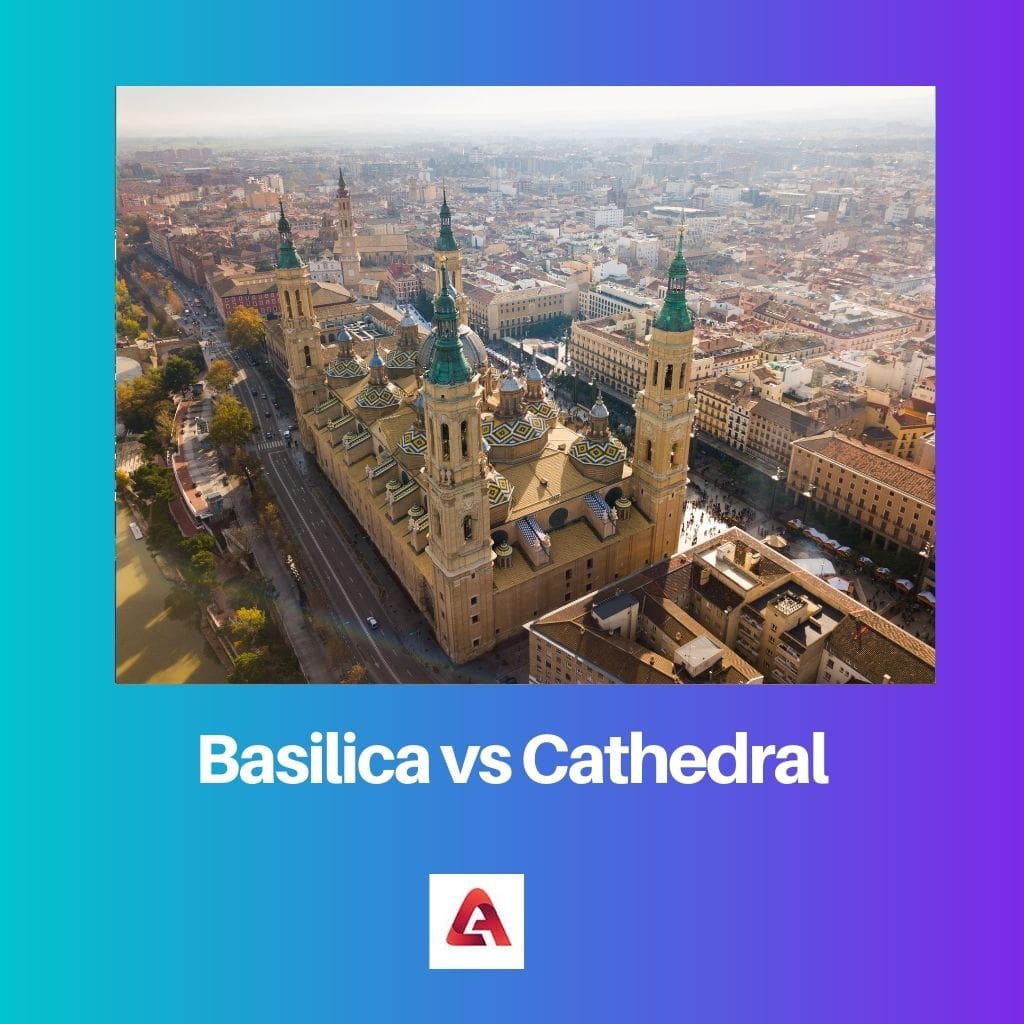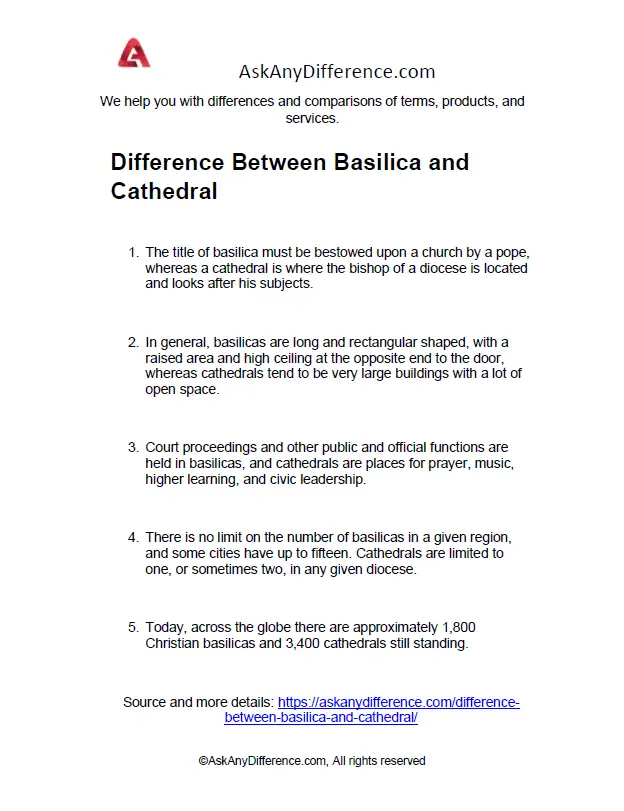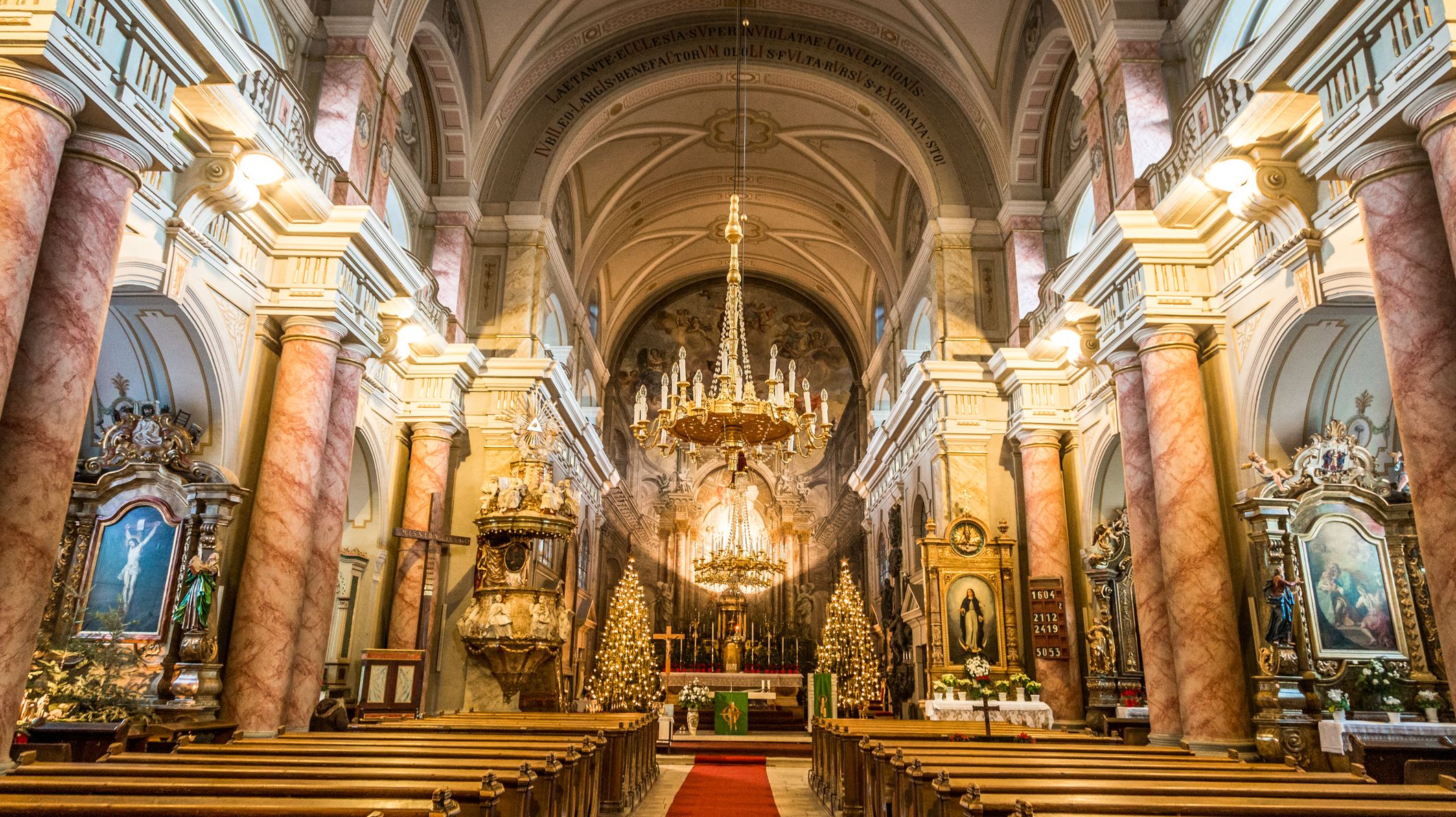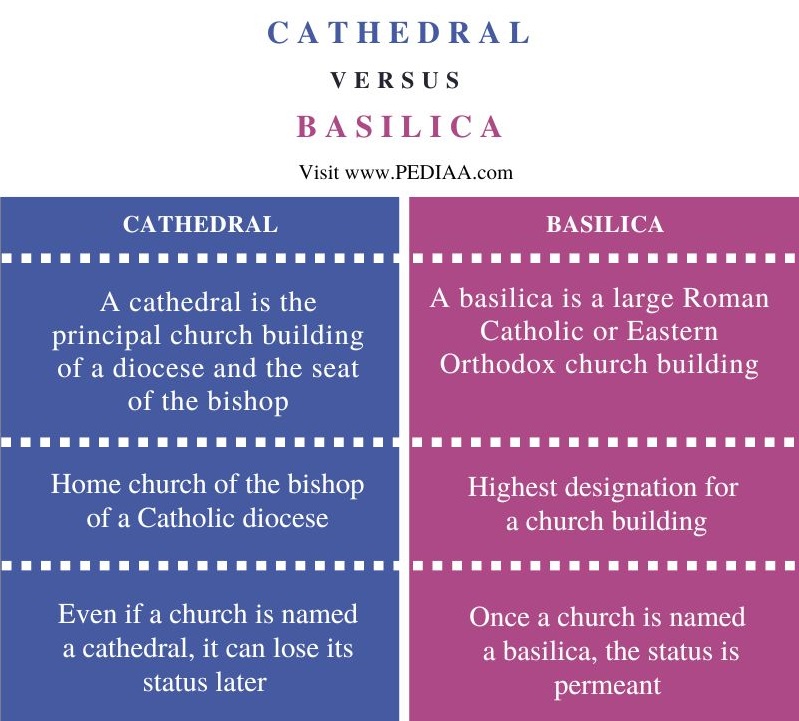
When it comes to religious buildings, many people may use the terms "basilica" and "cathedral" interchangeably. However, these two types of structures have distinct differences that set them apart from each other. In this article, we'll explore the differences between basilicas and cathedrals.
What is a Basilica?

A basilica is a type of church that has been given special ceremonial rights by the Pope. These rights include the right to display the papal arms, the right to have a bell rung to signify the presence of the Pope, and the right to have a special throne for the Pope to sit on.
The term "basilica" comes from the Greek word "basilike," which means "royal." This reflects the special status that basilicas have been given by the Pope. Basilicas are typically large, grand structures with a rectangular shape and a flat roof.
The Structure of a Basilica

Basilicas typically have a central nave that is flanked by two or more aisles. The nave is usually higher than the aisles, and is often separated from them by a row of columns or pillars. The altar is typically located at the east end of the church, and is often raised up on a platform.
Basilicas also typically have a large apse at the east end of the church. This is a semi-circular or polygonal area that is usually decorated with mosaics, frescoes, or other artwork.
What is a Cathedral?

A cathedral is the principal church of a diocese, which is a geographical region that is under the jurisdiction of a bishop. Cathedrals are typically the largest and most grand churches in their respective dioceses, and are often the seat of the bishop.
The term "cathedral" comes from the Latin word "cathedra," which means "chair." This reflects the fact that the bishop's chair is located in the cathedral.
The Structure of a Cathedral
Cathedrals are typically large, grand structures with a cross-shaped floor plan. They often have a central nave that is flanked by two transepts, which form the arms of the cross. The altar is typically located at the east end of the church, and is often raised up on a platform.
Cathedrals also typically have a large apse at the east end of the church. This is a semi-circular or polygonal area that is usually decorated with mosaics, frescoes, or other artwork.
Key Differences Between Basilicas and Cathedrals

While both basilicas and cathedrals are grand religious structures, there are several key differences between the two:
- A basilica is a church that has been given special ceremonial rights by the Pope, while a cathedral is the principal church of a diocese.
- Basilicas have a rectangular shape and a flat roof, while cathedrals have a cross-shaped floor plan.
- Basilicas typically have a central nave that is flanked by two or more aisles, while cathedrals often have a central nave that is flanked by two transepts.
Conclusion
Both basilicas and cathedrals are important religious structures with rich histories and beautiful architecture. While they may have some similarities, they also have distinct differences that make them unique. Whether you're a religious or architectural enthusiast, a visit to a basilica or cathedral is sure to be a memorable experience.